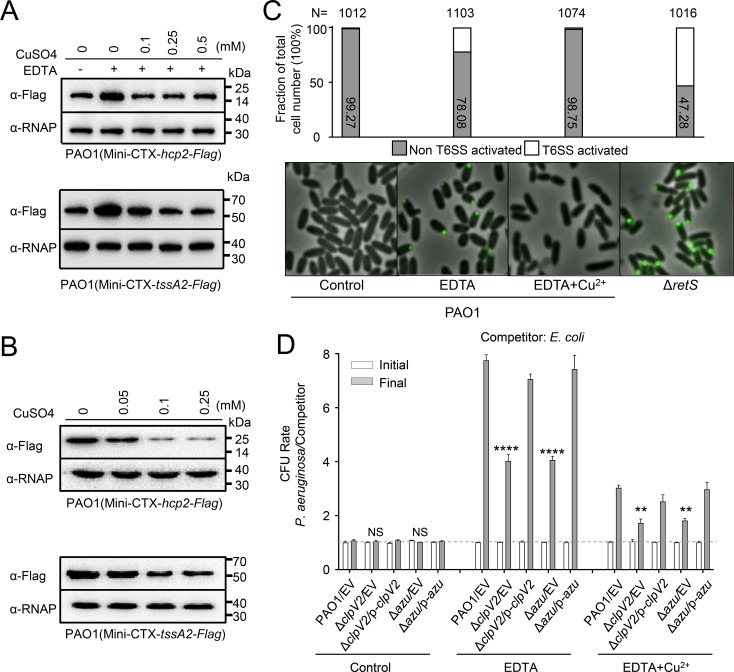Fig 2. Copper (Cu2+) regulates H2-T6SS expression and promotes a growth advantage of P. aeruginosa for bacterial competition.
(A-B) The expression of hcp2 and tssA2 was induced by low Cu2+. A mini-CTX plasmid directing the expression of Hcp2-Flag or TssA2-Flag chimera was integrated into the P. aeruginosa background strain, respectively. (A) Bacteria was cultured in LB medium supplemented with either 0.25 mM EDTA or 0.25 mM EDTA with the indicated concentrations of CuSO4. Total protein was probed for the presence of the fusion protein. (B) Bacteria was cultured in LB medium supplemented with either 0.05 mM, 0.1 mM, or 0.25 mM CuSO4. Total protein was probed for the presence of the fusion protein. (C) Cu2+ influences H2-T6SS assembly. Chromosomally encoded ClpV2-sfGFP localization in the P. aeruginosa measured by fluorescence microscopy. Cells were grown in the indicated conditions to OD600 = 1.0 and H2-T6SS activated were analyzed. N = total number of cells analyzed for each strain. (D) Interbacterial growth competition assays between P. aeruginosa and E. coli. The competition assays were examined under LB conditions supplemented with either 0.25 mM EDTA or 0.25 mM EDTA and 0.1 mM CuSO4 for 6 h. Quantification of cfu before (initial) and after (final) growth competition assays between the indicated organisms. Note that wild-type PAO1 displayed a growth advantage against the competitors than the ΔclpV2 and Δazu mutant under the present conditions. Error bars represent the mean ± s.d. of three independent experiments. **P<0.01, ****P<0.0001 based on two-way ANOVA Dunnett’s multiple comparison test; NS, not significance. EV represents the empty vector pAK1900.

